Whenever I mention freezing something to avoid food waste, readers ask me what they can safely freeze and what process they need to go through to freeze various foods.
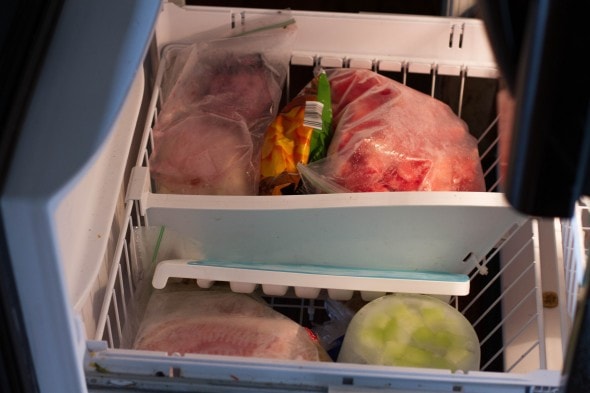
There are books and websites devoted to proper freezing practices (here’s a good guide) which can help you learn some of the basics of freezing (for instance, air is the enemy!).
If you’re armed with some principles, you can better figure out what will work with a particular food you’re faced with.
That said, freezing guides can make you feel like the process of freezing food is very complicated, and that can put you off from even trying it with your extra odds and ends.
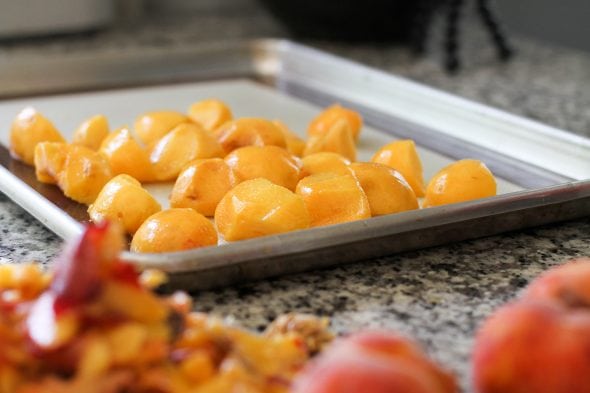
Really though, when you have small amounts of food there’s no need to make this a complicated procedure.
You don’t need a blanching production line if you’re just freezing a pound of extra green beans, for instance.
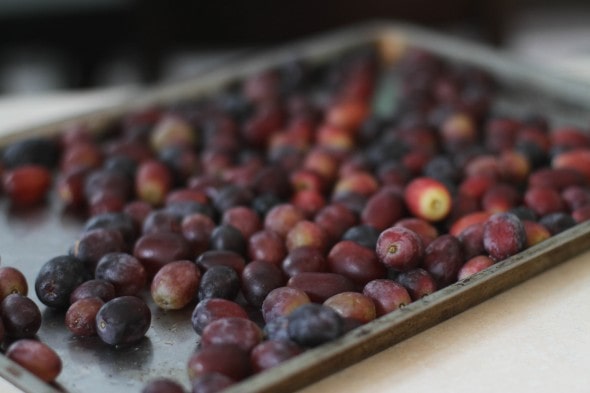
So, here’s some advice.
1. Use google!
Search the internet to see if you can find some guidelines to help you. That’ll give you a good starting
2. Remember this: you can freeze more foods than most people think.
For instance, somewhere around a zillion and a half people don’t know that you can freeze milk!
And did you know you can freeze greens like spinach and then use them in a smoothie?
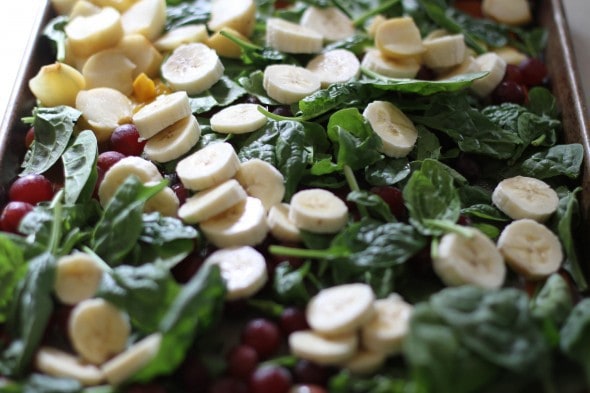
If you’ve got food that might get wasted, see the first point above. It’s worth a google search to see if your item can be saved by freezing. Always consider it a possibility!
3. Freezing food is not that dangerous.
You can mess up, say, canning, if you do it improperly, so it’s important to follow those directions carefully.
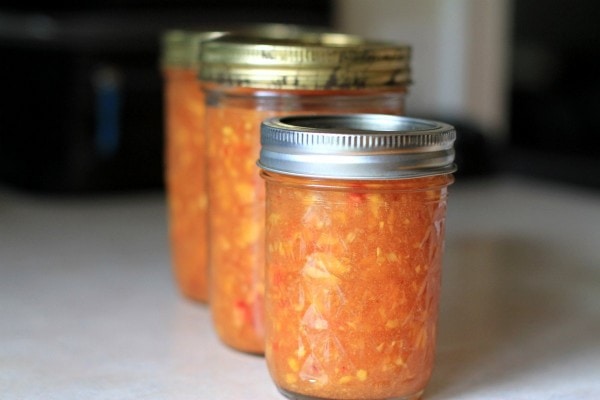
But the very worst thing that can happen with freezing is that your food will get freezer burnt, or the texture will suffer when you thaw it.
This would be a big deal if you were freezing 50 pounds of something, but if it’s just odds and ends, it’s no big deal.
Don’t be scared!
The point is that food that is safe to eat before you put it in the freezer will be safe to eat after you put it in the freezer, as long as your freezer is, well, freezing.
The freezer won’t kill all varieties of bacteria, so you do need to be sure that what you’re freezing is in good shape. But as long as it’s safe going in, it’ll be safe coming out.
(Just make sure you thaw the food in a safe way, especially if it’s meat.)
4. If you’re in doubt, you can always give it a try and learn from it.
There’s nothing like experience to help you remember what works and what doesn’t! Some of this is a matter of preference, so you might as well try it and see if you like it.
(This is the idea behind my whole “try it and see” philosophy!)
For instance, a few months ago I prepped some butternut squash cubes for roasting, realized I made too many, stuck half in the freezer, and just yesterday I thawed and cooked some.
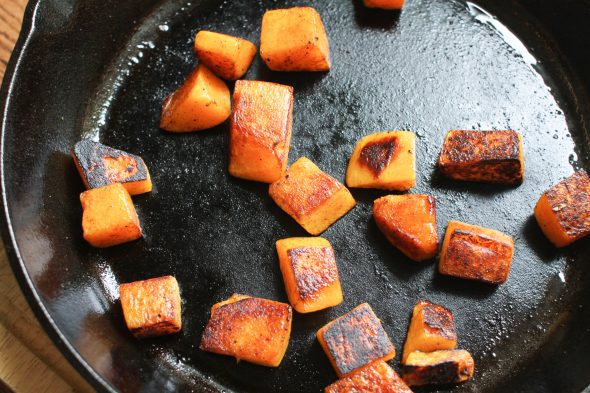
I didn’t know for sure if this would work out well, but I figured the worst-case scenario was me thawing the cubes, steaming them, and turning them into butternut squash soup. Definitely worth a try when the other option was wasting them!
If you’re doing something like prepping three pans of the main dish and then freezing them, you want to be super-duper sure the ingredients are all freezer-friendly.
But for small odds and ends that might be wasted anyway, the stakes are low.

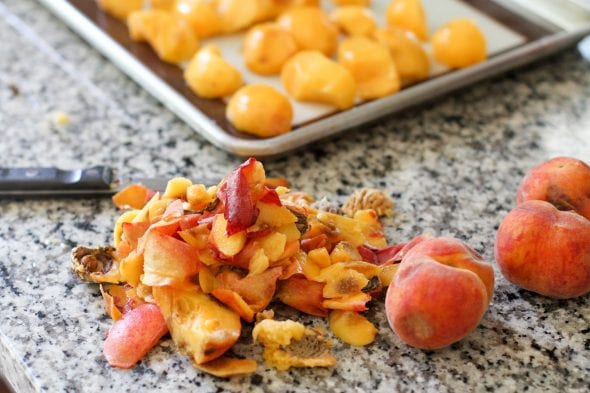
Be
Thursday 14th of June 2018
I freeze eggs -- cracked and scrambled. I even freeze them in increments of 4 so when I bake 2 batches of brownies (a common item) -- I can make double the recipe and the eggs are already pre measured.
Just to clarify -- 1 box of brownie mix uses 2 eggs.
Torrie
Wednesday 13th of June 2018
My biggest issue with freezing stuff used to be that our freezer seemed to give everything freezer burn or a slightly off taste (no idea why!), and even double bagging with heavy-duty freezer bags didn't seem to help. But a couple years ago, my mom gifted us a Food Saver (vacuum-sealing system), and it seriously has been AMAZING--easily one of the best practical gifts I've been given in years and years! We've never had freezer burn since, and it even seals off stuff like chip bags or frozen veggie bags that you've just eaten partway.
WilliamB
Wednesday 13th of June 2018
0. LABEL. Label, label, label. A good label includes the food and the date frozen.
1. Freezer burn is not dangerous, although it can make food untasty. It doesn't matter if things that go into soup or smoothies are freezer-burnt.
2. Oxygen is the enemy of fresh and it encourages freezer burn. Do what you can to eliminate oxygen from your containers - suck out the air, vacuum-pack, wrap tightly, etc.
3. It's usually better to freeze things individually than in one big lump. Cut the thing if appropriate (frex, pieces of melon, slices of cheese), spread out on a sheet (I use a pan with sides, lined in Silpat), freeze for a day or so, then bag/vacuum-pack/etc.
4. Bananas should be peeled before freezing but don't need to be cut up. It's easy to break them into pieces.
5. Foods should be frozen only once per state: once when raw, once when cooked. This is for taste and look only; re-freezing does not make food unsafe. It does lead to lose of moisture and mushy texture.
6. Defrost gradually. I like to partly defrost in the microwave, then finish the process in the fridge. If I try to fully defrost in the fridge, the edges get cooked and it can dry out.
7. Keep a list. You did label, right? Now write that stuff down on a piece of paper. Bingo - now you have a list. Cross things off your list as you use them. Every now and then, compare the list with the actual freezer contents.
8. I strongly encourage you to keep meat scraps, liquids, and juices for stock or cooking liquids; and to make and freeze stock. (Concentrate it to save freezer space, and put the concentration on your label: "chix stock, 4x, June 18".) Freezer burn doesn't matter for stock inputs, you can put the stuff in a baggie if you want (I do this with shrimp shells and tails). I've been known to take bones home from restaurants.
NB: I rarely freeze veggies. They get mushy when defrosted so I don't bother ... unless I think I'll use it in soup or smoothies, such as spinach.
Susan Helber
Tuesday 12th of June 2018
I freeze treats like pieces of baklava individually so i can have one on sunday with my coffee. I get them from the ladies at the greek festival Better to ration them out than eat a pastry box full all at once! Also do the same with spinach pies and the cheese pies
Annie
Tuesday 12th of June 2018
Make sure to let the food cool completely before freezing or you will get ice crystals that will encourage freezer burn. I will usually let the container sit overnight in the fridge and freeze it the next day.
When you thaw baked goods do not unwrap them until they are completely thawed or they will dry out faster.
I usually put a layer of plastic wrap or wax paper under foil to protect in case the foil cracks or tears. I lost a good piece of steak to bad freezer burn when it tore as someone was moving things around in the freezer. (We ate it anyway, but bleagh, not very tasty.)